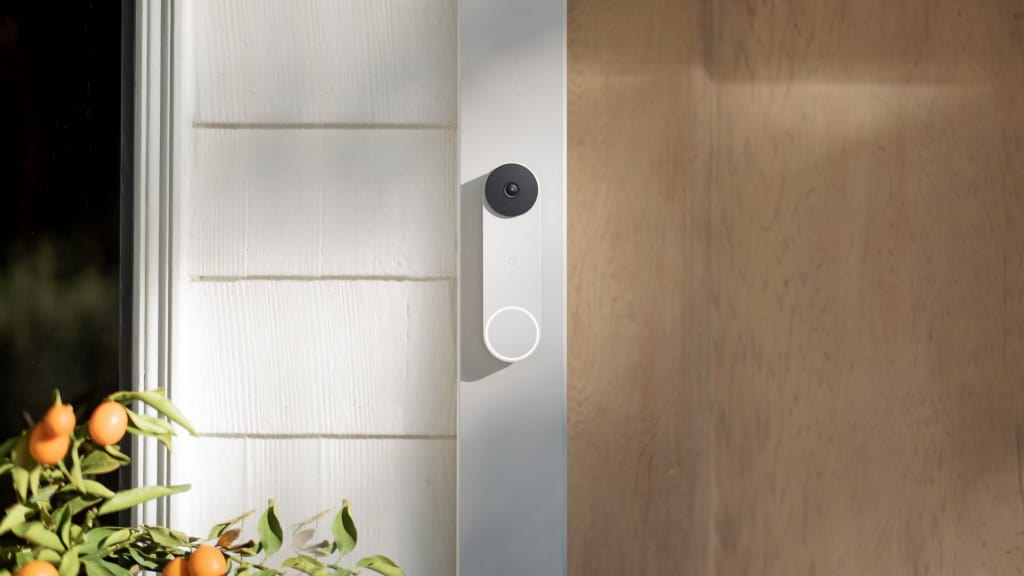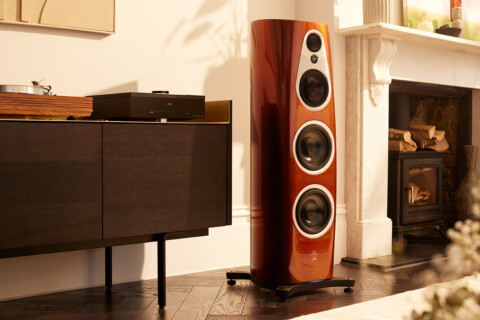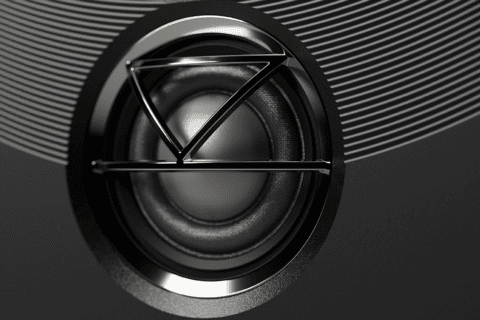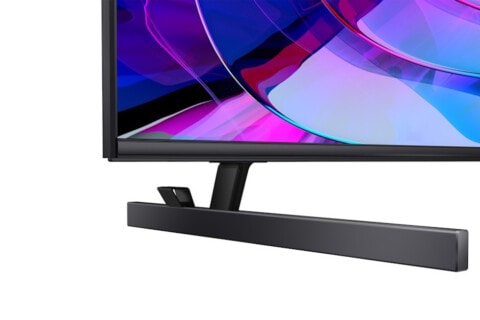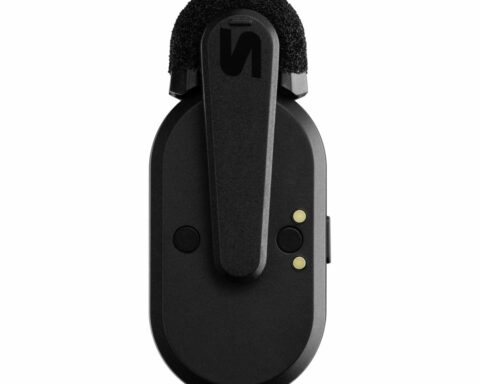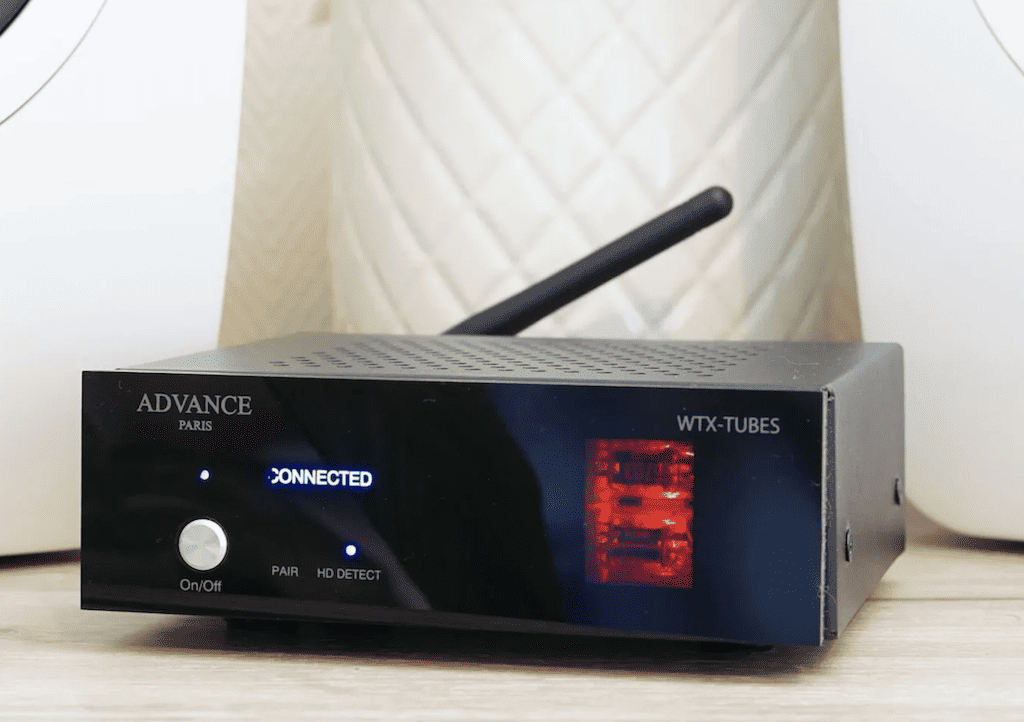Summary
Roborock S7 Vacuum/Mop Bot REVIEW
PAT PILCHER discovers an automatic vacuum and mop bot that – for once – does a spiffing job on his floors. It’s clever, and it rocks!
$1099 (S7 Robo vac)
$394.99 (Self-emptying dock station)
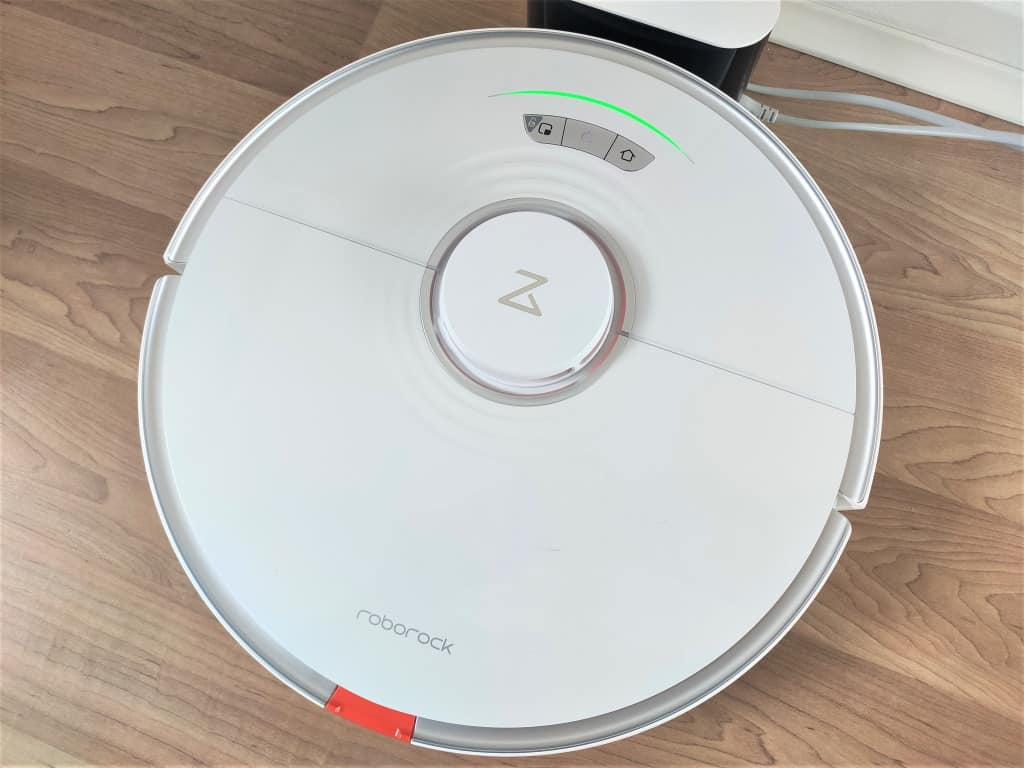 I rate vacuum cleaning right up there with DIY cranial lobotomies and root canal surgery. It’s a chore I avoid because I have better and more fun things to do, like self-immolation or scrubbing my eyeballs with steel wool and rubbing alcohol. So, you can imagine my glee when I first discovered robot vacuum cleaners.
I rate vacuum cleaning right up there with DIY cranial lobotomies and root canal surgery. It’s a chore I avoid because I have better and more fun things to do, like self-immolation or scrubbing my eyeballs with steel wool and rubbing alcohol. So, you can imagine my glee when I first discovered robot vacuum cleaners.
Would you like to support our mission to bring intelligence, insight and great writing to entertainment journalism? Help to pay for the coffee that keeps our brains working and fingers typing just for you. Witchdoctor, entertainment for grownups. Your one-off (or monthly) $5 or $10 donation will support Witchdoctor.co.nz. and help us keep producing quality content. It’s really easy to donate, just click the ‘Become a supporter’ button below.
Sadly, my happiness soon turned to disappointment. My first robot vac was an early model Roomba. It was noisy and missed almost as much as it vacuumed up. It was also forever getting tangled in rug tassels, power cords and other objects commonly left on the floor. In short, it was easier to get the Dyson out and do the vacuuming myself. So, when I was approached by the folks from PB Tech to test out their new hybrid robot mob/vacuum cleaner, it was hard not to be more than a little sceptical.
After all, what could possibly go wrong? Combining a bundle of electronics and a lithium-ion battery with a full tank of water sounds like a recipe for mayhem.
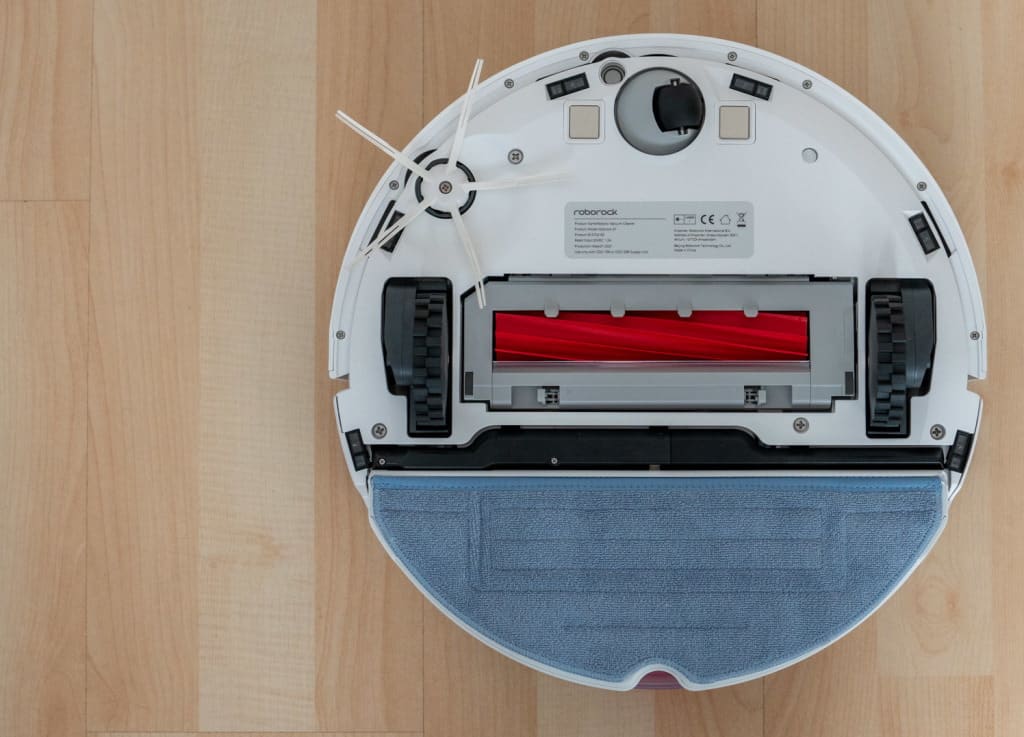 That said, my concerns were unfounded. The Roborock S7 never missed a beat. Not only was It able to detect my wooden floors to mop them, but it could also tell when it was on rugs or carpet and lift the mop attachment to vacuum instead. Couple that with a built-in LIDAR (a pulsed laser for measuring and mapping rooms), plus some super-smart AI, and things were looking very compelling indeed.
That said, my concerns were unfounded. The Roborock S7 never missed a beat. Not only was It able to detect my wooden floors to mop them, but it could also tell when it was on rugs or carpet and lift the mop attachment to vacuum instead. Couple that with a built-in LIDAR (a pulsed laser for measuring and mapping rooms), plus some super-smart AI, and things were looking very compelling indeed.
The Roborock S7 doesn’t sport a radical design. Like most robot vacs, it looks like an R2D2 that has been put in a crusher and smooshed into a flattened, round hubcap sized widget. It isn’t petite either. At 350.5mm round and 96.5mm tall, it is large compared to my ancient Roomba. This meant that while the S7 successfully navigated and dodged obstacles, cleaning underneath smaller spaces (such as chairs in my dining room) wasn’t possible.
From a looks perspective, the S7 is quite stylish. It’s finished in white plastic with silver accents and has a cool LED Cylon-like light that moves from side to side and lets you know what mode it is in (or if it is in an error state). On its top sits a raised dome that houses the Lidar sensor. Next to this are buttons for spot cleaning, cleaning, and navigating back to its charging dock. The mop attachment, water tank and dust bin are released by orange plastic clips. This is a nice design touch that aids in the S7’s usability.
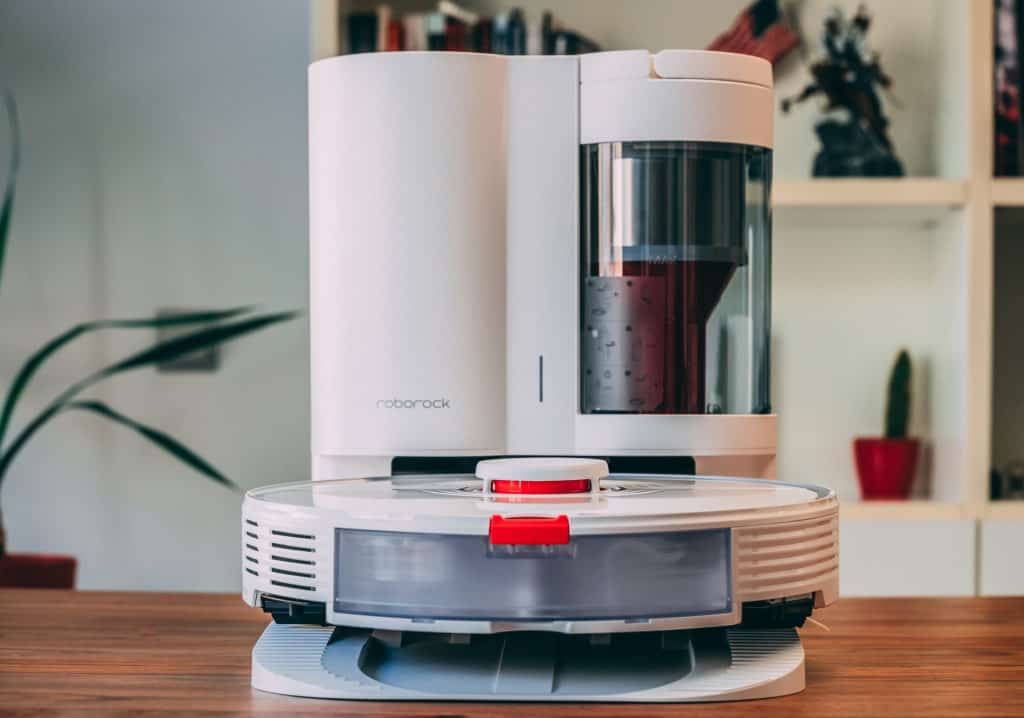 Underneath the S7 is where all the action is. The bulk of the heavy lifting is done by a rubber-finned roll between the S7’s wheels. Where my Roomba used a bristle brush that quickly became matted with pet hair, the S7’s brush was easy to detach and clean. Off to the side sits a five-spoke brush. It spins to flick debris under the S7, where they’re hoovered up. There’s also a bunch of sensors for edge, drop and carpet detection.
Underneath the S7 is where all the action is. The bulk of the heavy lifting is done by a rubber-finned roll between the S7’s wheels. Where my Roomba used a bristle brush that quickly became matted with pet hair, the S7’s brush was easy to detach and clean. Off to the side sits a five-spoke brush. It spins to flick debris under the S7, where they’re hoovered up. There’s also a bunch of sensors for edge, drop and carpet detection.
When it comes to the S7’s mopping function, the folks at Roborock have added some clever twists. Where other robot mop/vacuums simply drag a damp microfibre cloth around your floor, delivering mixed results, the S7 uses a sonic mopping system. This sees the mop pad vibrating which in theory produces better results. The mop pad must be wetted before use but is kept damp via a small pull-out water reservoir. As mentioned above, when a rug or carpet is detected, the mop pad lifts by 5mm to ensure your valuable rugs don’t get a free and unexpected cold wash. In use, it worked incredibly well. Floors were mopped right up to where there were rugs, and its vacuum kicked into action.
I was also pleasantly surprised at how quiet the S7 was compared to my Roomba. I always knew when the Roomba was working because I could hear it from the other side of the house. Not so with the S7. I found myself constantly checking on it because it was so quiet.
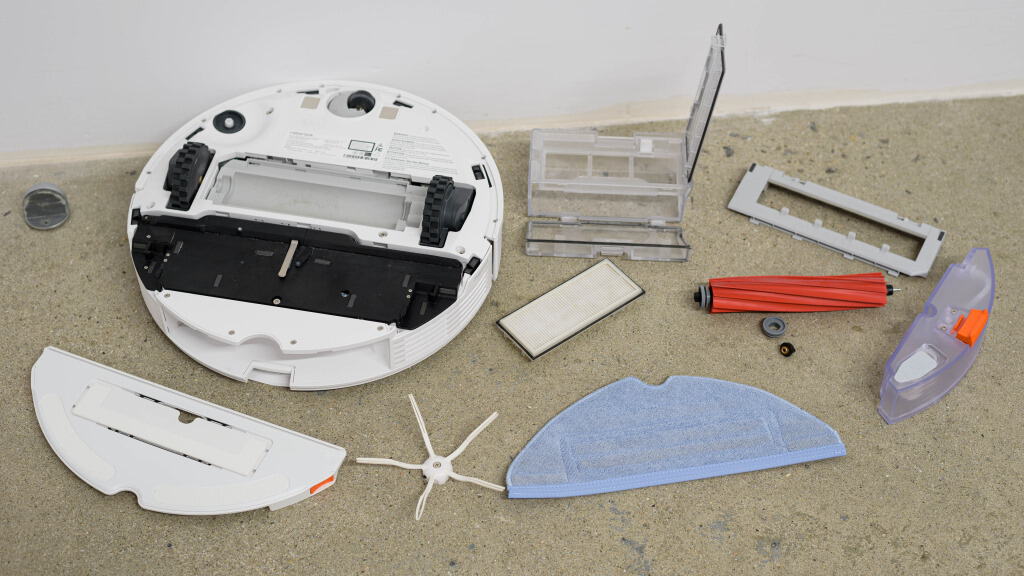 Cleaning is also quick. The Roomba used bump sensors to slowly bumble around the room. The S7 uses LIDAR to map the room it is cleaning. Once the space is mapped, it uses an AI algorithm for the most efficient cleaning coverage possible.
Cleaning is also quick. The Roomba used bump sensors to slowly bumble around the room. The S7 uses LIDAR to map the room it is cleaning. Once the space is mapped, it uses an AI algorithm for the most efficient cleaning coverage possible.
Being an evil reviewer, I set up numerous obstacles when first testing the S7. Power cords, shoes, tasselled rugs and other bits and bobs were liberally scattered around my dining room’s floor. These were all things that’d cause my Roomba no end of grief, yet the S7 gracefully slowed, moved around, or glided over them with no problems at all.
Its mopping and vacuuming was also solid. My polished wood floors shone, and most of the dust/pet fur and other cruft on the floor was picked up. Some tricky corners, however, eluded the S7. To be fair, they’re also tough to vacuum manually.
When it came to carpets and rugs, the S7 acquitted itself well. The carpets had that freshly vacuumed look and were spotless. Tellingly, the dust bin was also filled. Compared to my significantly older Roomba, the S7 was a pleasant surprise. It did such a good job that manual vacuuming and mopping should only be needed every few weeks.
Using the Roborock app (iOS/Android), I could choose between a Standard mopping mode (which vacuums and mops simultaneously) or a Deep Mopping mode. This saw the S7 moving in overlapping patterns around the floor, and it also covered my floor twice. I was also able to select different scrub intensities. These ranged from mild, moderate to intense. This appeared to tweak the mop vibrations (increasing from 1,650 to a maximum of 3,000 times a minute) to simulate a scrubbing motion for a more thorough clean.
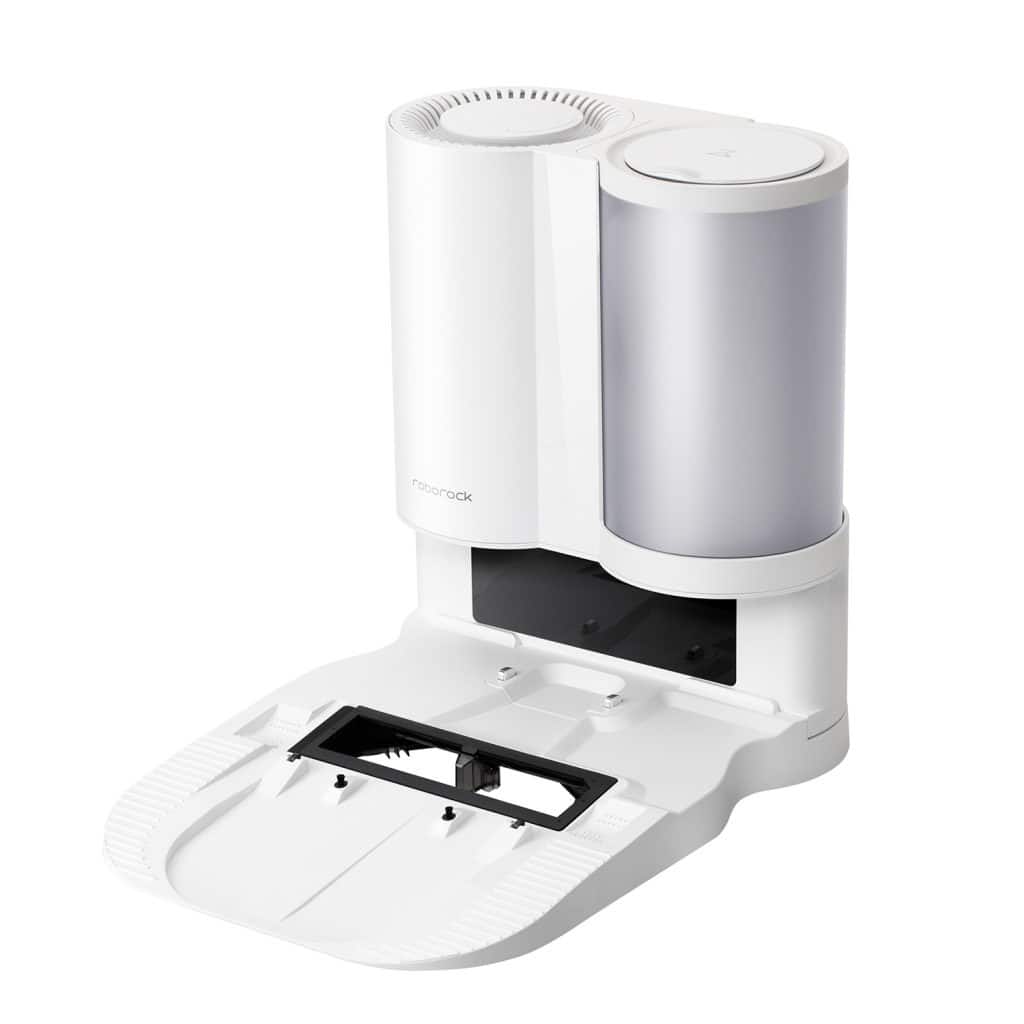 By wetting the microfiber mop pad and filling the S7’s reservoir with water, the floor got sufficiently wet for the mop pad to scrub and lift muddy greyhound paw-prints with relative ease. The reservoir only takes water, not bleach, detergents or other cleaning agents. This means a manual mopping session is still going to be needed every once and a while.
By wetting the microfiber mop pad and filling the S7’s reservoir with water, the floor got sufficiently wet for the mop pad to scrub and lift muddy greyhound paw-prints with relative ease. The reservoir only takes water, not bleach, detergents or other cleaning agents. This means a manual mopping session is still going to be needed every once and a while.
The Roborock S7 app can handle four different maps scanned by the LIDAR. This allowed me to send the S7 to a specific part of the map. The S7 must first trundle about and scan the room to map it, but once done, you’ll need to do some one-off editing with the app. Once it’d mapped my house, the app then tried to detect specific rooms. While it worked flawlessly for me, anyone with an open plan home might need to select Edit Map > Edit Room to combine or split rooms. Having done this, I then gave each room its own name. Using the app, I was also able to create “no-go” zones that the S7 then steered clear of. I was also able to customise vacuum power and mop settings for each room and specify zones to be cleaned. All told, the app gives you a lot of control, greatly extending the usefulness of the S7.
PB Tech also supplied me with the Roborock self-emptying dock station for the S7. Once it’s finished cleaning, the S7 trundles over to the dock station and automatically empties its dustbin and recharges its batteries. The dock station can hold up to eight weeks of dust. With asthma sufferers in the house, I was pleased to note that it has HEPA filtration that Roborock says can capture up to 99.99% of particles as small as 0.3 microns. Dust from the dustbin is collected into a 3L dust bag that also handily self-seals when removed from the dock.
As a long-term user of robot vacuum cleaners, I’ve always been underwhelmed. Not this time though. I liked the S7 so much that I bought it. The Roborock S7 is the first vacuum and mopping robot I’d use to clean and vacuum my home and be confident that it could do the job unattended. Everything worked well. The Roborock mobile app also provides a tonne of customisation options. While the S7 won’t vacuum or mop quite as well as I could manually, it’s good enough for regular scheduled cleans. In short, it’s a gadget that my inner lazy bastard approves of. Add to this the fact that it’s both fast and quiet, and there’s plenty of good reasons to take the plunge and bring a robot into your home.





